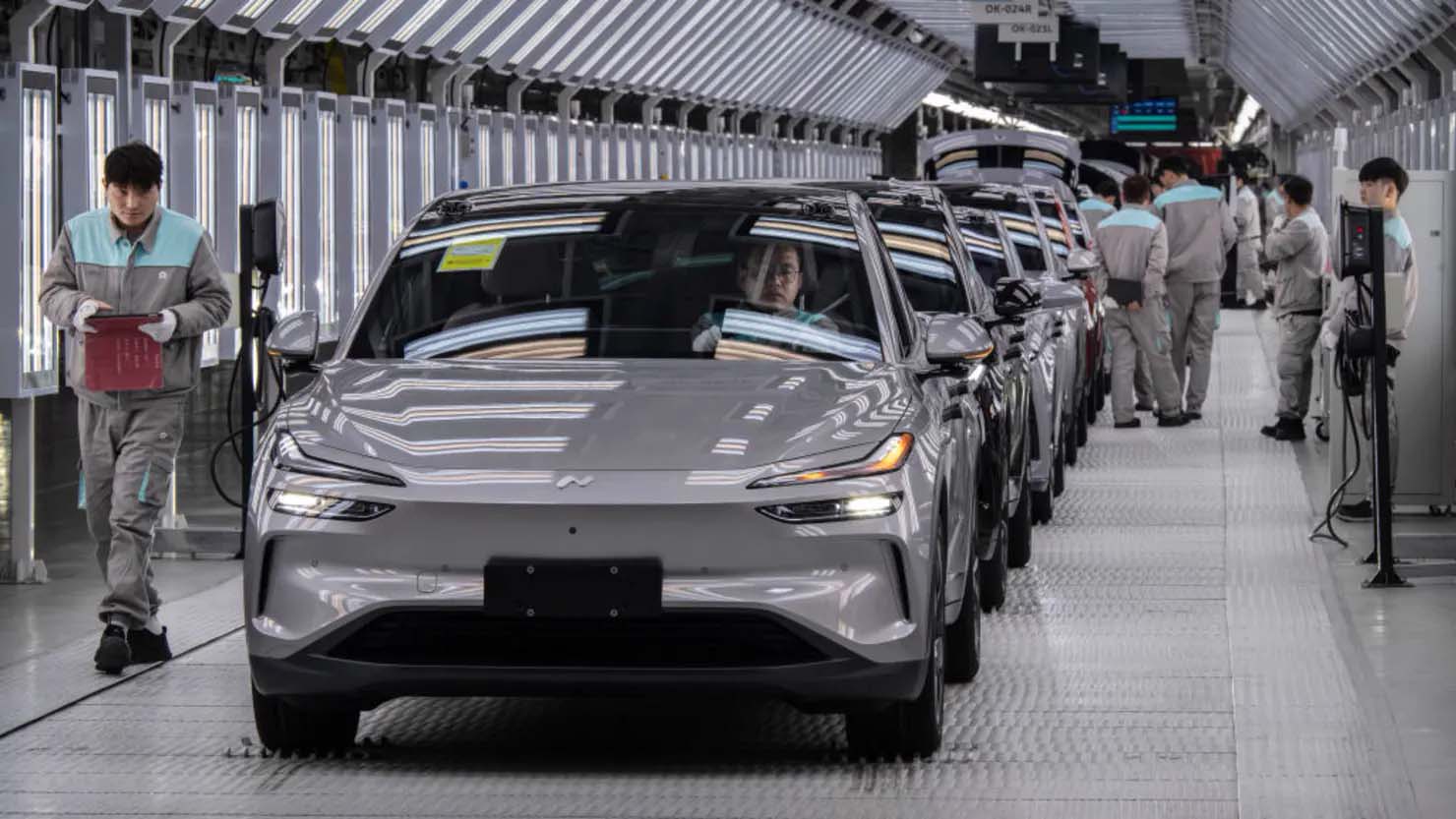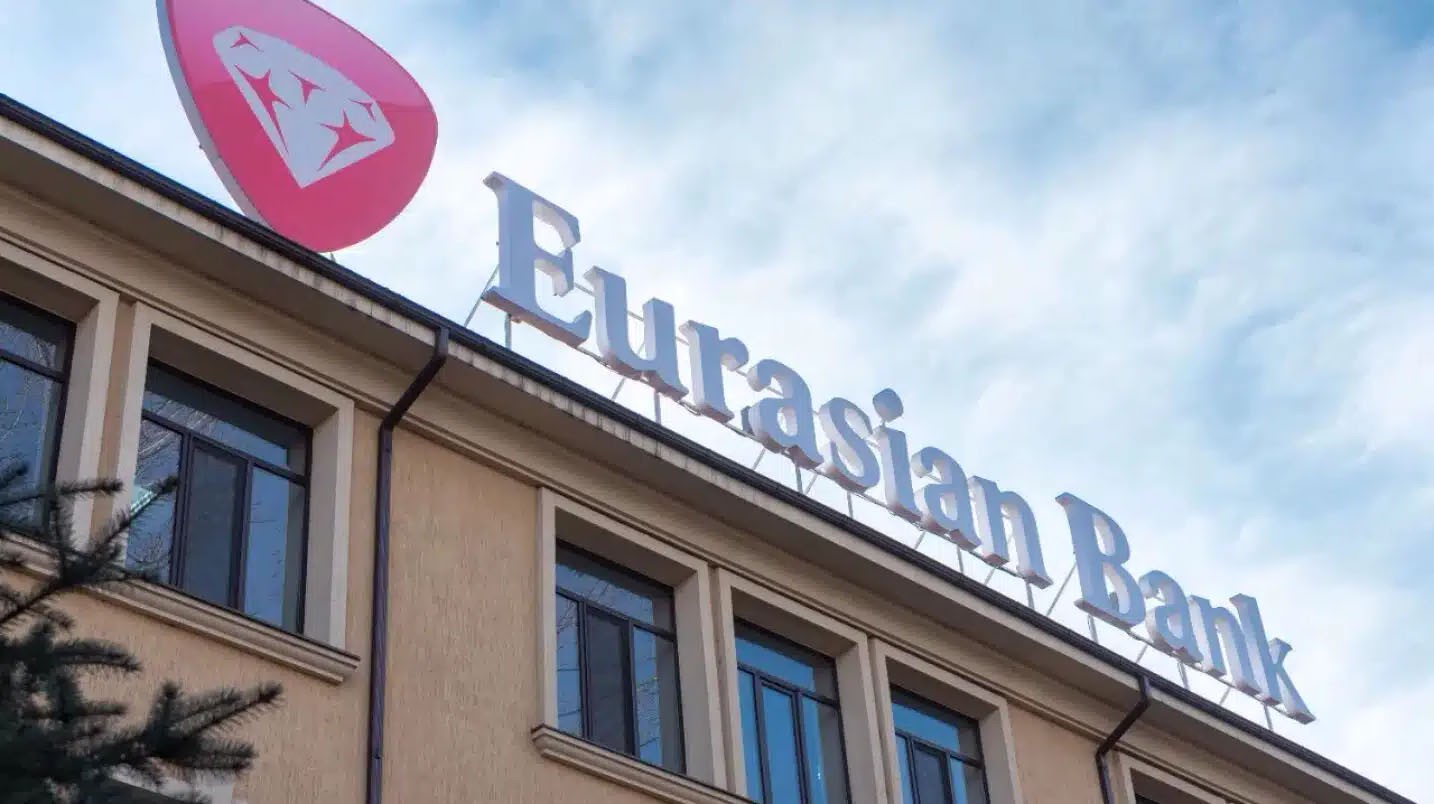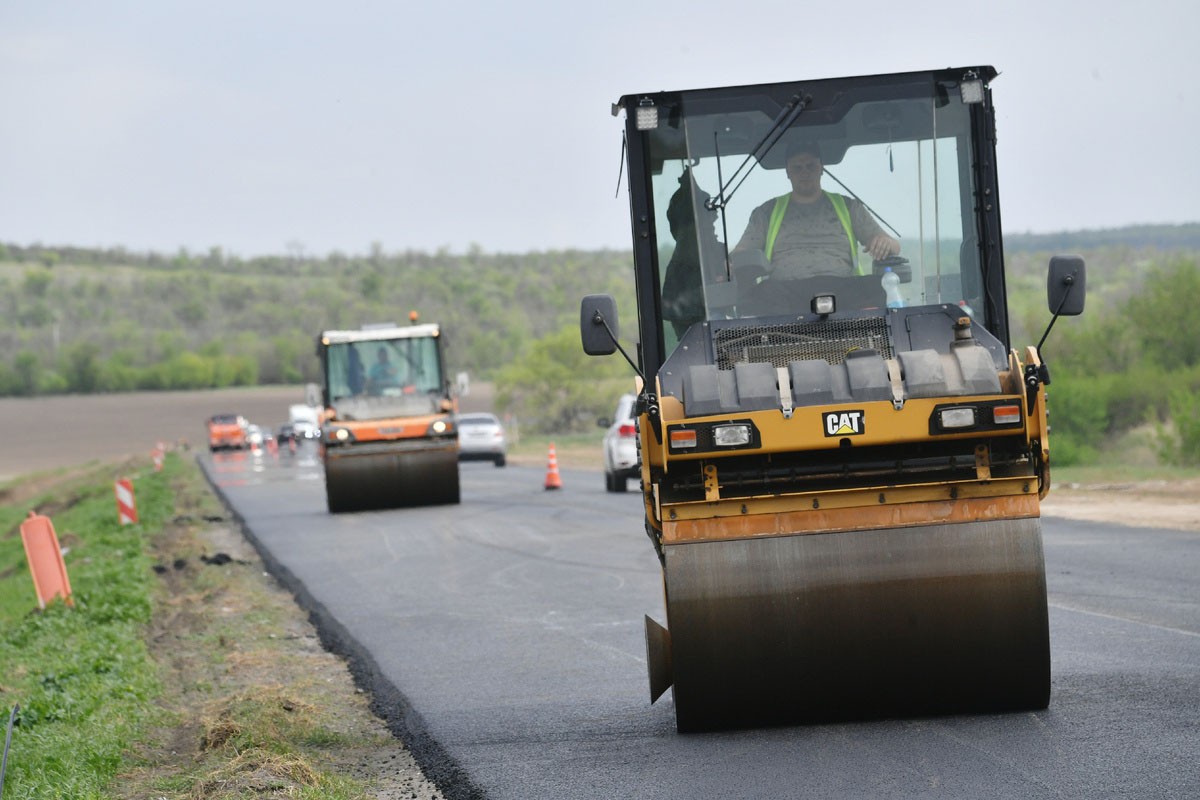31 years after privatisation, the UK railway system is gradually returning to state ownership. If the infrastructure-tracks, stations, tunnels and signals - was de facto nationalized back in 2002, now the state intends to take control of the operational part, that is, passenger transportation.
The first step was the return in May of this year to the state ownership of the South Western Railway franchise, serving the direction to London Waterloo station. In July, a similar fate awaits c2c (London – Essex), and then the operator Greater Anglia, operating in the East of England. The state already owns four operators: LNER, Northern, Southeastern and TransPennine Express.
By the end of the current term of the Parliament, the government intends to fully complete the renationalization process and merge the infrastructure and operational services into a single structure — Great British Railways.
However, against the background of this large — scale reform, the dispute over the so-called "open access operators" - private companies operating outside franchises, independently taking on all financial risks-is gaining momentum. According to many experts, they have contributed to lower prices and higher standards on key routes such as the East Coast Main Line (London – Edinburgh).
Despite their popularity with passengers, these operators have faced criticism from trade unions and, analysts suspect, dissatisfaction with the Ministry of Transport. In January, the new head of the department, Heidi Alexander, sent a letter to the ORR regulatory body calling for a tougher approach to reviewing open access applications. Officials are concerned that such operators do not cover the full cost of access to infrastructure and may take revenue away from state-owned companies.
In June, ORR rejected three applications to launch new routes on the West Coast Main Line, including a project from Virgin Trains, a former popular franchise operator. An offer from Wrexham, Shropshire and Midlands Railway, backed by rolling stock manufacturer Alstom, was also blocked.
According to the Ministry of Transport, losses from the redistribution of revenue between existing and new operators can amount to up to 229 million pounds per year.
One gets the impression that the government may seek to displace open access, not wanting to face competition against the background of large-scale renationalization. However, influential figures from parliament who represent regions with high demand for alternative transport, such as Yorkshire, the north-east of England and areas where Alstom, Siemens and Hitachi have production facilities, may disagree with this opinion.
In addition, strategic issues remain unresolved: it is unclear when the Great British Railways structure will be officially launched and who will lead it. Also worrisome is the state of the HS2 project, a high — speed highway that was supposed to connect London with northern cities, but now will be limited to the section to Birmingham and suffers from delays and budget overruns.
The situation is aggravated by the financial performance of the industry: if before the pandemic, railways almost covered their current expenses, then in 2022-2023, state subsidies reached 21.1 billion pounds, which is 64.5% more compared to the pre-pandemic level. At the same time, passenger revenue was only 9.2 billion pounds, 31% lower than before 2020.
Changes in passenger behavior associated with switching to remote work reduce the volume of daily trips. This means that railways will have to look for ways to attract leisure travelers, in which open access operators have already shown themselves to be flexible and innovative market participants.












